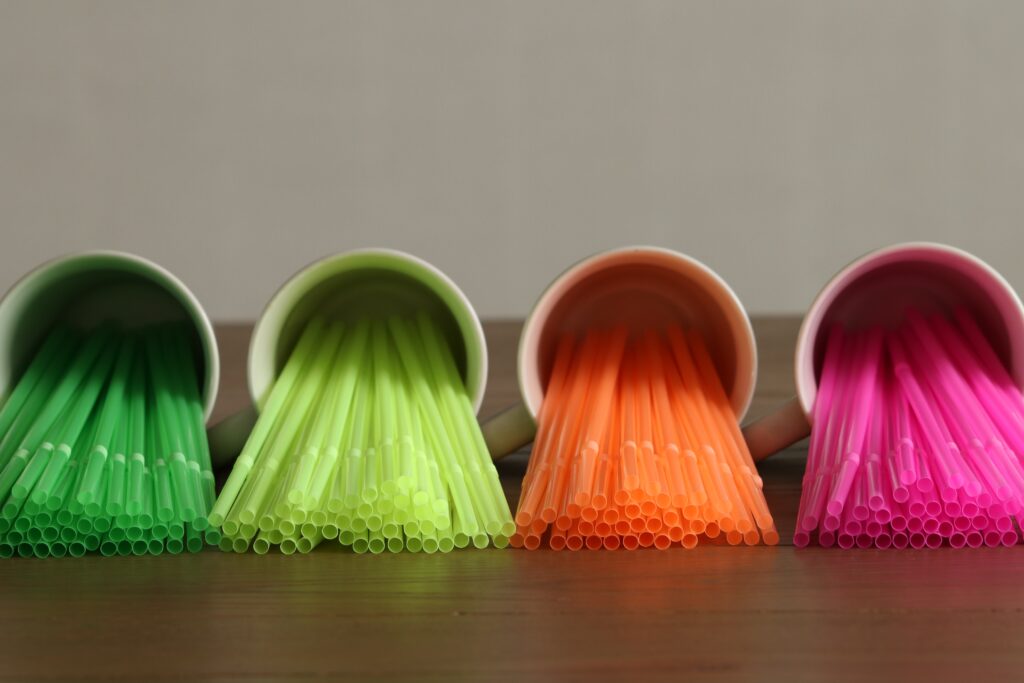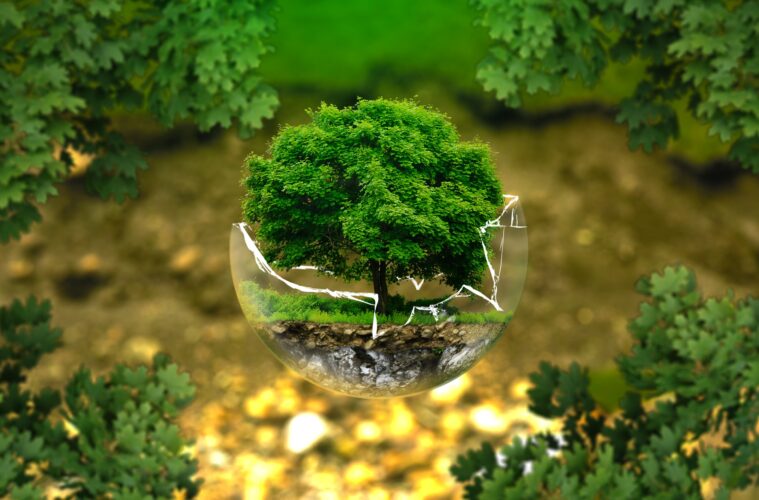What would you say is the biggest problem in today’s world? Global warming? Income disparity? Poverty? While all of these issues are important, many experts believe that living a green lifestyle can help to combat them – or at least mitigate some of their effects. If you are interested in leading a greener lifestyle, there are 8 simple hacks that can help you get started right away.
1. Switch To Eco-Friendly Cleaning Products
Did you know that the cleaning products that you use in your home can have a huge impact on the environment? Many people don’t realize the harm they are doing to the planet when using harsh chemicals to clean their carpets or disinfect their counters. The solution? Try switching to green or eco-friendly cleaning solutions. There are eco-friendly options for almost any cleaning product you can think of, starting from a hypoallergenic baby laundry detergent to a safe drain cleaner. Many of these products are available at your local grocery or home improvement stores, or you can also purchase them online. Everything you use for cleaning your home and clothes ends up in your drain or is washed down the sink. Using eco-friendly cleaning products means you are not adding to the toxic chemicals in our water supply, potentially harming fish and other aquatic life in surrounding bodies of water.
2. Diet Changes
It has been proven that the food you choose to eat can significantly impact your health and overall well-being. More than that though, the carbon footprint of your diet can affect the environment. Eating a diet heavy in meat and dairy products produces more greenhouse gas emissions than eating a vegan or vegetarian diet, as well as causing greater environmental degradation due to the amount of water, food, and energy it takes to raise livestock. While changing your diet completely can be a bit daunting, you can ease your way into it by looking for plant-based breakfast recipes you can enjoy, as well as buying cruelty-free meat-free products at the grocery store. The more you can cut back on your consumption of meat and dairy, the healthier you will be – not to mention the benefits that it has for animals, wildlife, and our planet as a whole.
3. Reusable Packaging
Investing in a reusable water bottle, coffee mug, or cutlery may seem costly, but it will prove to be more economical in the long run. Plastic cups, utensils, water bottles, and other types of single-use packaging are costly to our environment due to their low recycling rate. By switching to more sustainable things, not only will you cut back costs on buying disposable items, but you will also reduce the amount of waste in our landfills. If you are already doing this, the next step would be to look at how the things you buy are packaged. If there’s a way for you to purchase the product in a reusable container, rather than using single-use paper or plastic, take it! Many grocery stores are beginning to offer single-use products either on request or upon availability. As more people begin looking into sustainable packaging options, these options will become more widely available.
4. Say No To Plastic Straws

Did you know that Americans use around 500 million straws per day? These straws do not decompose, instead of ending up in our landfills or oceans where they can harm wildlife. To help reduce the amount of plastic pollution in our oceans, and to help the wildlife that’s endangered by the pollution, many people are choosing to say no to the use of plastic straws when they go out to eat or order takeout. The best way to do this is to bring your own reusable straw in your purse or bag everywhere you go. The next time you are at a restaurant, don’t feel guilty about asking the waiter to skip the straw – many people are already beginning to opt out of using them. Instead of using plastic straws, you can try using reusable options such as glass or stainless steel straws, or even bamboo straws!
5. Don’t Waste Water
Around 70% of the water used by households is for outdoor irrigation and cleaning cars. There are easy steps you can take to curb your household’s use of water, such as using a broom or hose to clean your driveway or sidewalk instead of hosing it down with the tap, taking shorter showers (instead of baths), and replacing old water-wasting appliances such as washing machines, dishwashers, and toilets. You can also water your lawn or garden in the morning or evening when temperatures are lower, rather than at midday. If you have a pool on your property, make sure to cover it when it’s not being used to prevent evaporation and save water.
6. Buy Local Produce
Did you know that produce travels an average of 1,500 miles to get from its origin? To help reduce the number of emissions that are released into the environment due to transport, choose to buy local fruits and vegetables whenever possible. Not only will it be fresher than something coming from out of state or even country, but it can also save you money. You can also ask your grocer if they have a system in place where they can give you the freshest fruits and veggies possible by telling them what day you want to pick it up, as well as how much you want of each thing.
7. Cruelty-Free Cosmetics
Cosmetics and personal care products contain a lot of chemicals and toxins that can harm the environment and your health. On top of this, many of those items have been tested on animals, which not only harms them during the testing, but it also leads to a large number of animals being kept in inhumane conditions. To avoid this, opt for more natural, cruelty-free cosmetics such as those made with organic coconut oil or non-toxic nail polish, made by companies that are against animal testing. Of course, being cruelty-free isn’t just about the environment, and animals either. When buying any product, make sure that it’s fair-trade, meaning that there were no human rights violations when producing, transporting, or harvesting the goods.
8. Ride A Bike Or Use Public Transportation
Not only does it reduce your carbon footprint, but taking a bike ride can be a great way to stay physically active and in shape. If you do not have the option of riding a bike to get around, or if you need to travel further than biking can take you, opt for public transportation instead of driving your own car. Depending on where you live, it might not be entirely possible to stop using your car. However, by limiting the number of times you drive your car by only using it when you really have to, you can still help the environment by reducing your carbon footprint.
Published by HOLR Magazine


